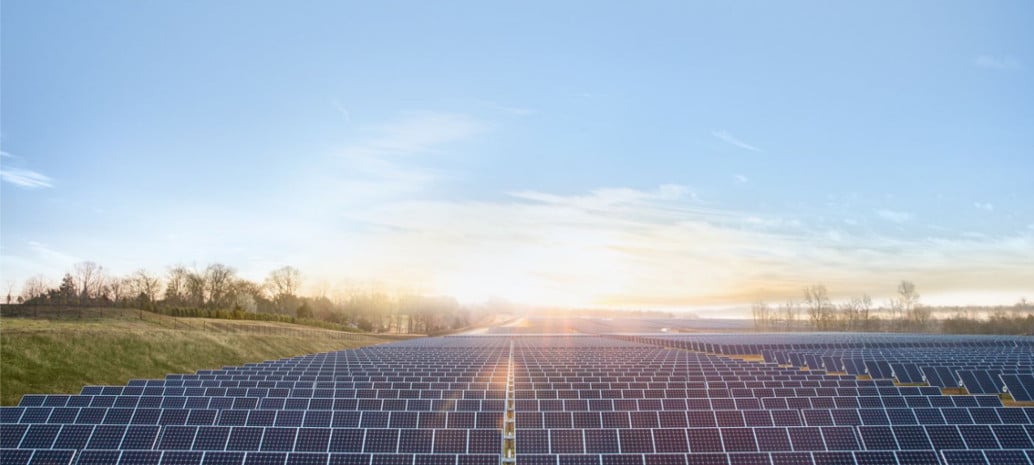With aggressive policy moves in leading states including California and New York as well as the extension of federal tax credits, the United States has been rapidly growing its solar and wind markets in recent years.
However, there is still a long way to go to catch up with European nations, as revealed in the latest electricity generation figures by the U.S. Department of Energy’s Energy Information Administration (EIA).
EIA figures released this week show that during the first half of 2016 renewable energy rose to 16.8% of total electricity generation, up from 14.3% during the first half of 2015.
And with large hydroelectric projects representing nearly half of these totals, this growth has come mostly from non-hydro renewables, which rose from 7.6% of generation in the first half of 2015 to 9.1% in H1 2016.
This is mostly due to higher wind output in the first half of this year.
Solar still represents a very small part of this mix. Last year EIA began reporting distributed solar output in its monthly reports, fixing an oversight which had caused many in media reports to underestimate the progress of the solar industry.
And even with this fix and significant market growth over the last few years, PV output was only 1.3% of total electricity generation in the first half of this year. Behind-the-meter solar was even less, at only 0.4% of total electricity generation.
This puts the United States behind the large majority of nations in Western Europe, but particularly behind nations such as Italy and Germany, where PV represented 9.2% and 6.0% of raw electricity generation in 2015, respectively.
The biggest factor is that PV deployment to date has been concentrated in a few states. Solar is only meeting levels of electricity demand comparable to leading European nations in California, Arizona and Hawaii at present.
With the extension of the federal Investment Tax Credit (ITC) the solar industry is expected to continue its path of rapid growth, with all major market analysts expecting at least 10 GW installed over the course of this year.
However, with 2016 already breaking heat records, this is still far short of the rapid transformation of the energy sector which is needed on a global level to prevent the worst effects of Climate Change.
This content is protected by copyright and may not be reused. If you want to cooperate with us and would like to reuse some of our content, please contact: editors@pv-magazine.com.









By submitting this form you agree to pv magazine using your data for the purposes of publishing your comment.
Your personal data will only be disclosed or otherwise transmitted to third parties for the purposes of spam filtering or if this is necessary for technical maintenance of the website. Any other transfer to third parties will not take place unless this is justified on the basis of applicable data protection regulations or if pv magazine is legally obliged to do so.
You may revoke this consent at any time with effect for the future, in which case your personal data will be deleted immediately. Otherwise, your data will be deleted if pv magazine has processed your request or the purpose of data storage is fulfilled.
Further information on data privacy can be found in our Data Protection Policy.